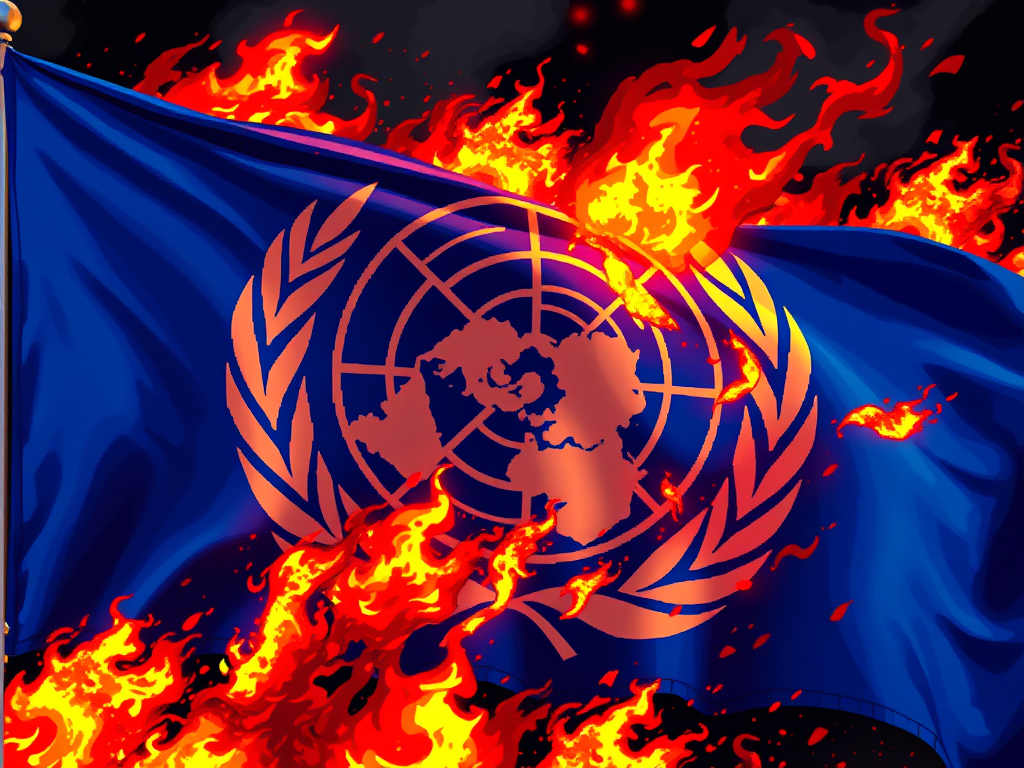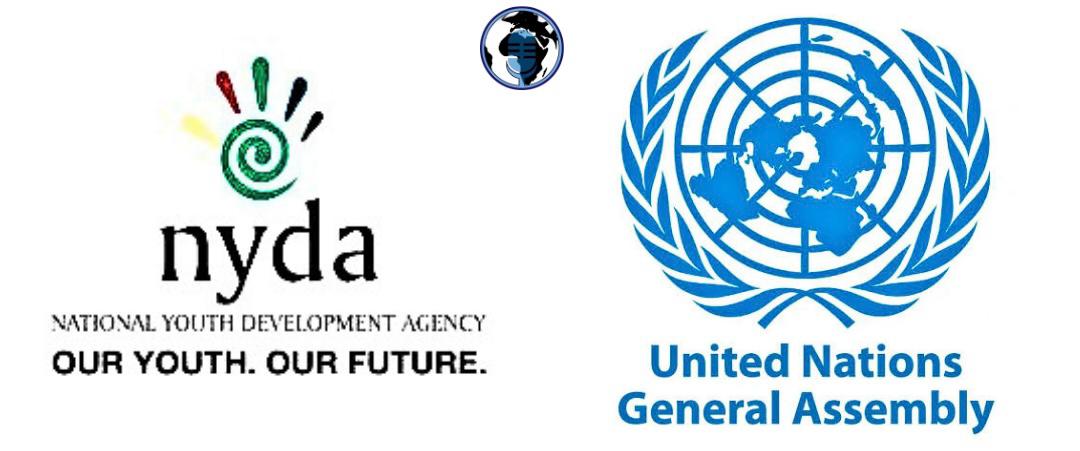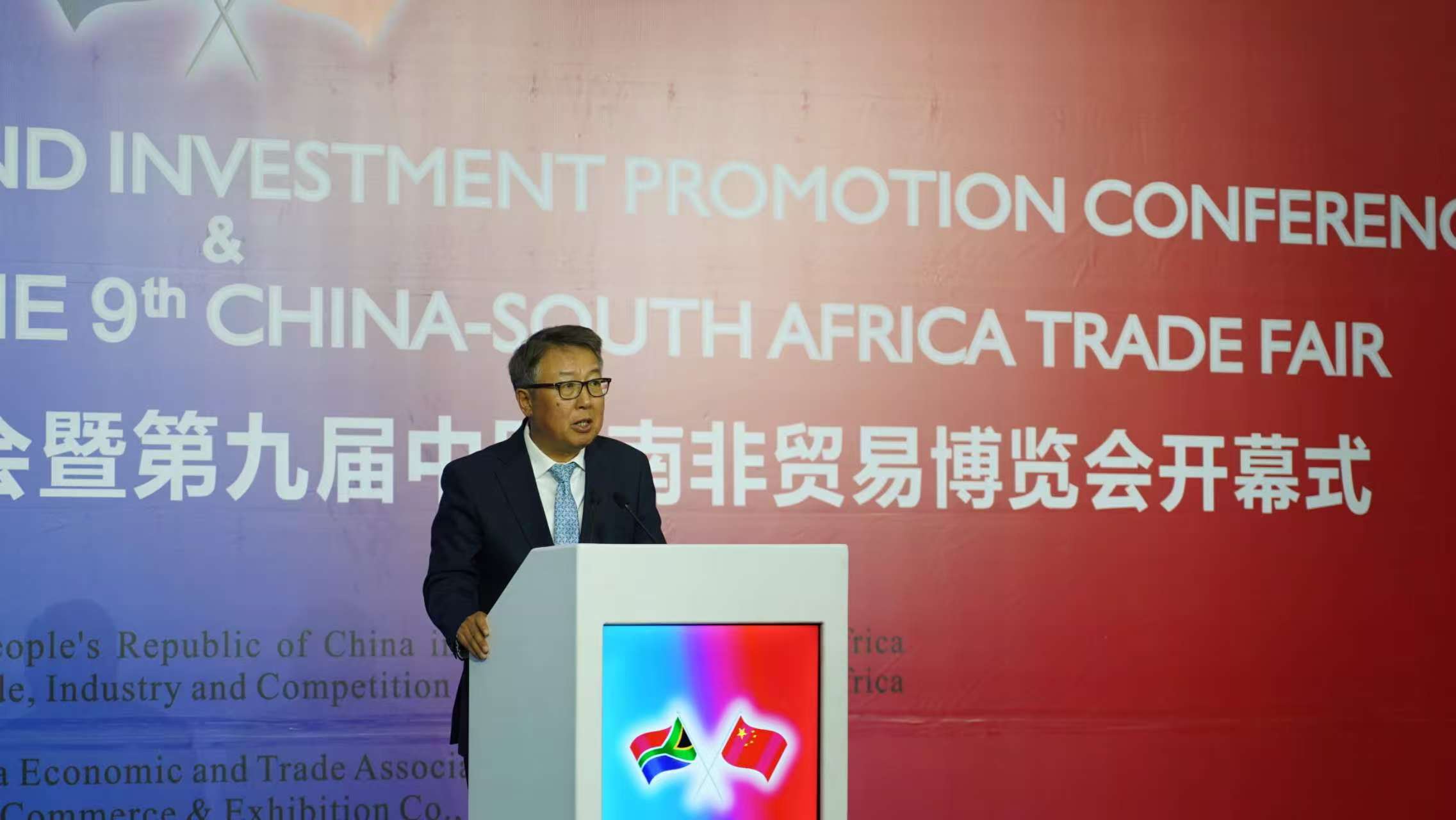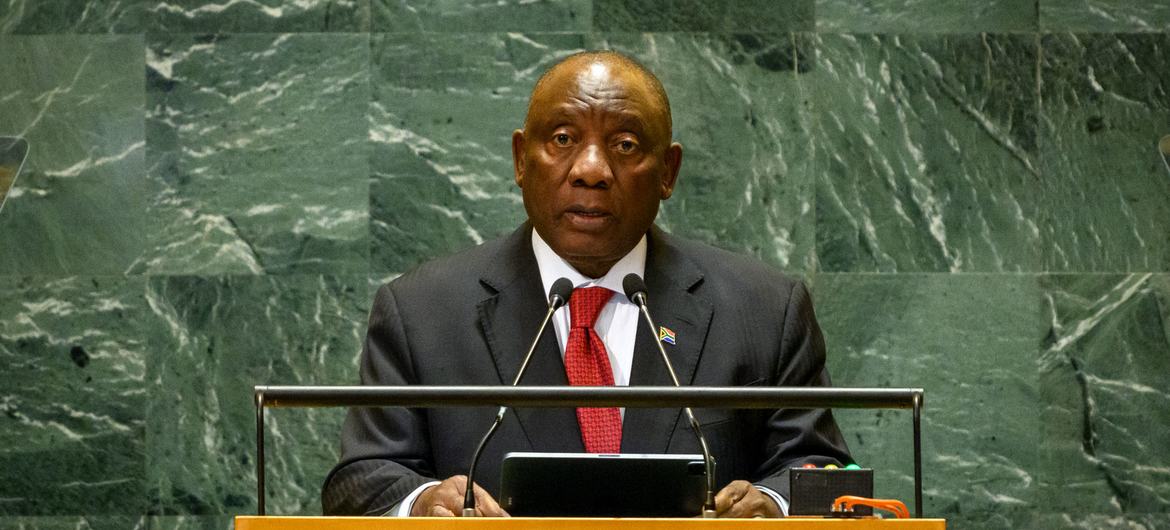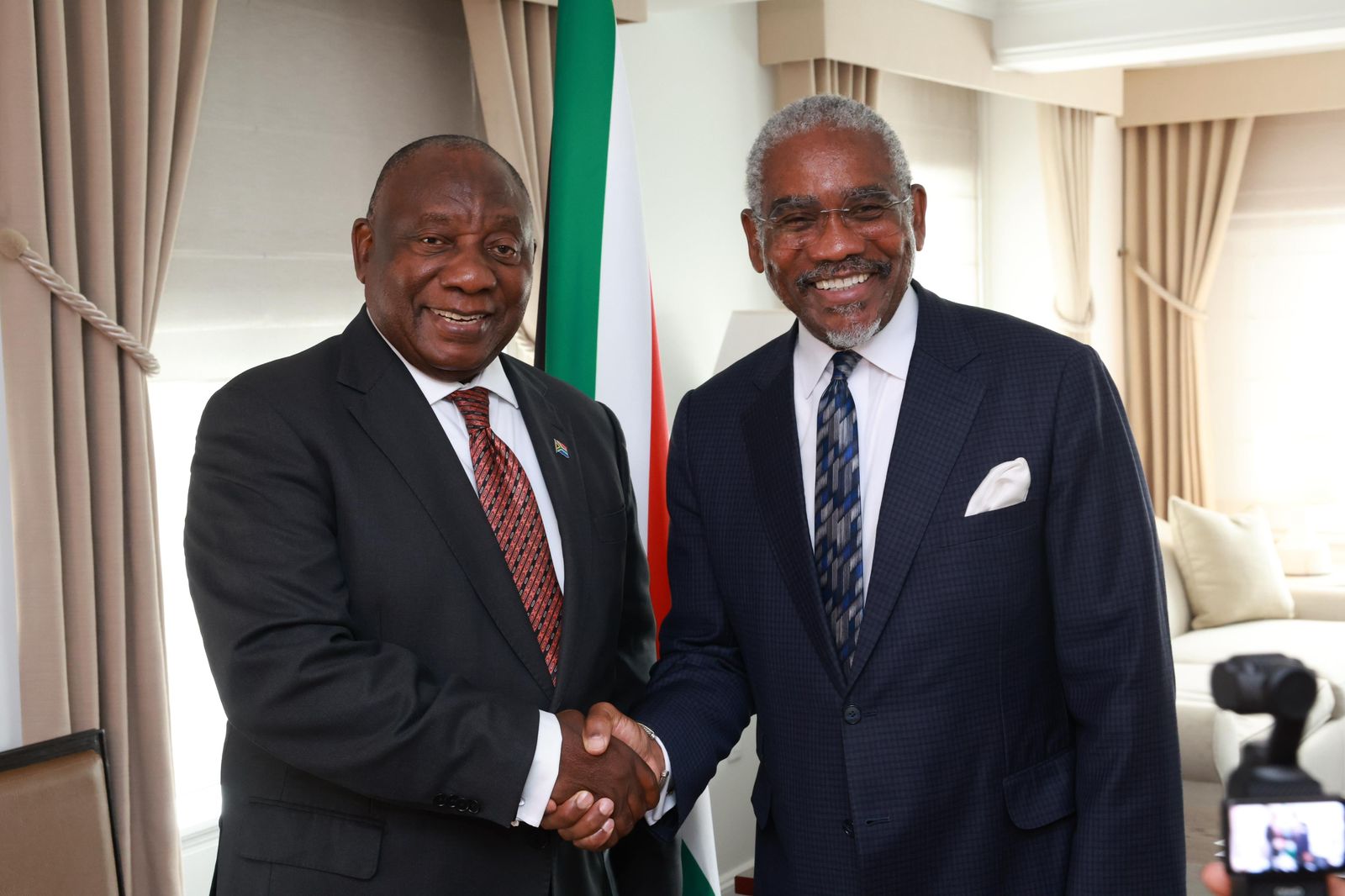Economic development is not an add-on, but the content for peace and security.
The Trump-Putin Alaska Summit on August 15, at which specifics were agreed upon for follow-up work on resolving the Ukraine conflict, also poses the prospect for Asia-Pacific mutual development, a critical contribution to the world potential for peace and security.
This perspective is called for in the August 11th statement issued by the Schiller Institute: “Zepp-LaRouche Calls on Presidents Trump, Putin and Xi: The Bering Strait Tunnel Project Is the Perfect War-Avoidance Policy.” In addition to identifying the strategic benefit from the long-discussed Bering Strait Tunnel mega-project, the statement further calls for President Trump to meet on September 3 with the leaders of China and Russia, who will gather for the commemoration of 80th anniversary of China’s victory in World War II.
This potential of the Alaska Summit goes completely against Global NATO, British imperial geopolitics, seen in the Coalition of the Willing—more accurately called Killing—in Europe, demanding perpetual warfare and confrontation.
The latest in the follow-on regarding Ukraine, since the Alaska meeting, includes a number of briefings and meetings: On Saturday, August 16, President Putin briefed the Russian government on the Alaska Summit, some of which was made public for the nation. Today, two U.S. officials, Special Envoy Steve Witkoff, and Secretary of State Marco Rubio, reported on the Summit on several TV programs.
Tomorrow, August 18, Ukraine acting President Volodymyr Zelensky will meet with President Trump at the White House. Zelenskyy will be accompanied by a number of Europeans, including the top leaders of the U.K., France, Germany, Italy, Finland, and President of the European Commission Ursula von der Leyen. Mark Rutte, NATO Secretary General will attend.

A joint statement on Ukraine was issued yesterday by the U.K., France, Germany and a few others. A larger group met online today. The August 16 joint statement had wild formulations ahead of the Trump-Zelenskyy August 18 meeting, e.g., that there can be no limitations on Ukraine’s “pathway to EU and NATO.”
There is hysteria in the media of the Collective West over the breakout potential represented by the Alaska meeting. The BBC states that it is “because Alaska failed,” that the European leaders have to mobilize so intensely in order to re-establish confrontation with Russia.
Boris Johnson is unhinged. In today’s Daily Mail of London, he denounces the Alaska Summit as “vomit-inducing.” After all, it was only two weeks ago when Johnson, on Fox TV, praised Trump for finally giving up his original mistaken regard for Putin, and coming around to the British view of Putin as a devil.

Among the sane evaluations of the significance of the Alaska Summit is that by Hungarian Prime Minister Viktor Orban, who uses the criterion of lessening nuclear war danger. He said August 16, “For years we have watched the two biggest nuclear powers dismantle the framework of their cooperation and shoot unfriendly messages back and forth. That has now come to an end. Today the world is a safer place than it was yesterday. May every weekend be at least this good!”
Also, former NATO official, retired German Gen. Harald Kujat, has importantly raised the imperative of President Trump attending the 80th anniversary of victory commemoration in China, and meeting with President Xi Jinping, and President Putin, as well as Indian Prime Minister Narendra Modi.
The September 3 ceremonies in China come between the August 31st – September 1st meeting of the heads of state in Tianjin of the Shanghai Cooperation Organization, and the September 3-6 Eastern Economic Forum (EEF) in Vladivostok, Russia.

The business agenda of the EEF, addressing Asian Pacific development, especially the Northern Sea Route, and the Trans-Arctic Corridor, takes on special significance this year, given the import of the Alaska Summit. The Bering Strait between Chukotka and Alaska is the gateway to the Northern Sea. An east-west land link, through the Bering Strait Tunnel, would add to the transformation of the entire planet, by extending the World Land-Bridge, to link Eurasia, Africa and the Americas. One of the EEF sessions is titled, “Arteries of Growth: How Logistics Are Driving Economic Change.”
Eighty years ago, cooperation in the Asian-Pacific development effort among the U.S., China and Russia (U.S.S.R.) was the very explicit intent of the Administration of President Franklin Delano Roosevelt. This was at the time of the ending of World War II. FDR’s Vice President Henry Wallace (previously Agriculture Secretary from 1933-1940) visited the regions of Russia, China, Canada and Alaska, and in 1944 and 1945 wrote on what the future could be. A map, “Northward to Asia” was featured in his 1944 pamphlet, “Our Job in the Pacific,” showing the Bering Strait, which at the time was a vital air corridor. President Putin in Alaska spoke of the brave Americans and Russians who served in that corridor.

Henry Wallace wrote, “Polar air routes and Arctic economic development may make the North Pacific a great post-war communications highway between America, Russia and the Far East.” Now, the Bering Strait Tunnel can be the link. Wallace stated the significance, “Easternmost Siberia and Alaska form the crown of the arch over the North Pacific.”

In 1945, in his book 60 Million New Jobs looking ahead after the end of the war, he reviewed different regions around the globe, for development potential, concluding, “But the biggest frontier of future development will be found with the new dawn in the northern Pacific and eastern Asia….”
Join in the mobilization for a new dawn for security for humanity: the Oasis Plan for Southwest Asia, with an immediate end to the genocide in Gaza; the Bering Strait Tunnel in the Far North, with an immediate end, once and for all time, of the era of danger of annihilation from nuclear war.




